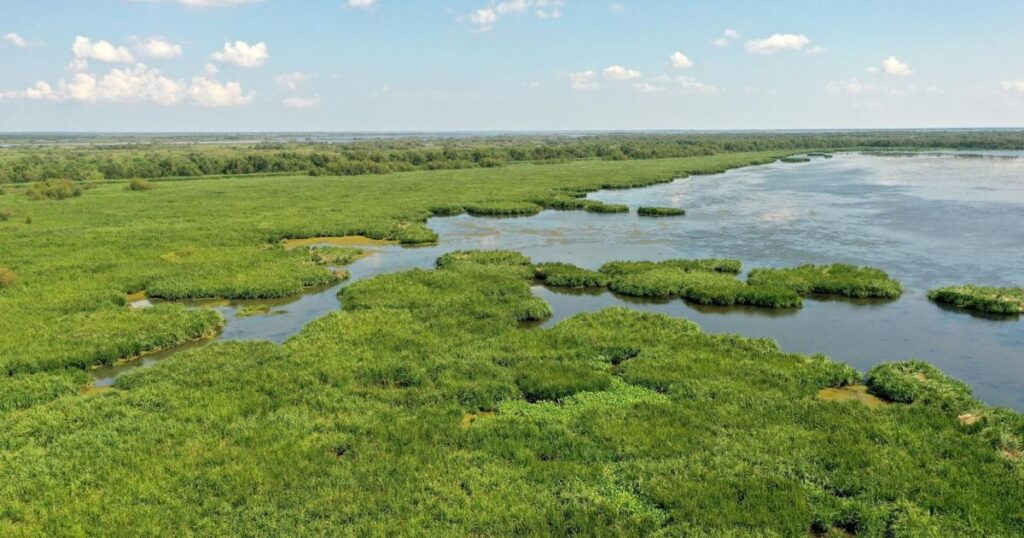(The Center Square) − Louisiana coastal officials say the state’s coastal restoration program will receive a significant influx of cash following the passage of the “One Big Beautiful Bill” Act, thanks to a long-sought increase in the federal revenue sharing cap for offshore energy production.
But the good news comes amid broader concerns about cuts to other key funding streams and uncertainty in the federal budget.
The Gulf of Mexico Energy Security Act cap was raised by 30%, to $650 million annually for ten years starting in fiscal 2025. That includes $487.5 million for GOMESA revenue-sharing among Gulf states and $162.5 million for the Land and Water Conservation Fund.
Louisiana officials estimate the increase could mean an additional $46 million per year flowing to the state’s Coastal Trust Fund.
Neil McMillin from the Louisiana Department of Energy and Natural Resources credited the bipartisan Louisiana congressional delegation, with particular praise for House Majority Leader Steve Scalise, House Speaker Mike Johnson, and U.S. Sens. Bill Cassidy and John Kennedy.
He said Johnson’s leadership helped shepherd the measure through a typically divided Congress, while Cassidy laid the groundwork years earlier through similar language in the 2017 tax cut bill.
The GOMESA cap raise, part of a broader Republican-led energy policy push, was one of the few funding increases in the massive federal package, which otherwise included significant rescissions — particularly in coastal and climate-related accounts.
The bill stripped $280 million in NOAA climate resilience funding from the Inflation Reduction Act, along with grant programs for estuaries, coastal zone management, and habitat conservation.
Still, coastal officials were blunt about the broader fiscal landscape.
Dustin Davidson, also with the Department of Energy and Natural Resources, called the GOMESA cap increase a positive step, but warned it’s far from a complete solution. He pointed out that while the bill authorized lease sales in Alaska expected to generate $5 billion under a 70% royalty rate, Louisiana’s share of Gulf revenues remains limited.
Even if the cap is fully met and Louisiana receives an estimated $202 million annually, Davidson noted that would still represent only about 3% of the roughly $6.4 billion in total Gulf revenues from 2024.
The fiscal 2026 federal budget proposal for the U.S. Army Corps of Engineers allocates $6.6 billion nationwide, but only four Louisiana projects are included— two for dredging and two for studies. Notably, there are no new general construction funds for flood risk management or major restoration.


